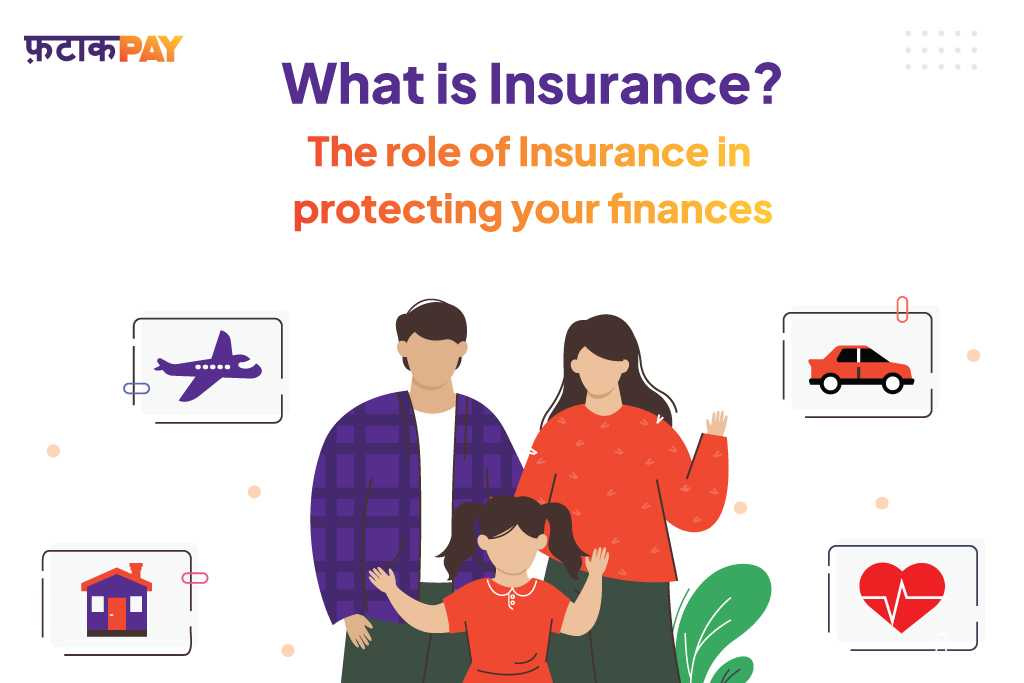The 10-Minute Rule for Pacific Prime
Wiki Article
Some Ideas on Pacific Prime You Need To Know
Table of ContentsWhat Does Pacific Prime Mean?The 8-Minute Rule for Pacific PrimeThe Single Strategy To Use For Pacific PrimeUnknown Facts About Pacific PrimeThe smart Trick of Pacific Prime That Nobody is Discussing

This is due to the fact that the information were accumulated for a period of strong financial performance. Of the estimated 42 million individuals that were without insurance, almost concerning 420,000 (regarding 1 percent) were under 65 years of age, the age at which most Americans become qualified for Medicare; 32 million were adults between ages 18 and 65, around 19 percent of all grownups in this age; and 10 million were kids under 18 years of age, about 13.9 percent of all youngsters (Mills, 2000).
These estimates of the variety of individuals uninsured are produced from the yearly March Supplement to the Existing Population Survey (CPS), carried out by the Demographics Bureau. Unless otherwise noted, nationwide price quotes of people without medical insurance and percentages of the population with different kinds of coverage are based on the CPS, one of the most widely used resource of estimates of insurance coverage and uninsurance rates.
All About Pacific Prime

Still, the CPS is especially beneficial because it creates annual price quotes reasonably quickly, reporting the previous year's insurance coverage approximates each September, and due to the fact that it is the basis for a consistent set of quotes for even more than two decades, permitting analysis of patterns in insurance coverage with time. For these factors, along with the extensive usage of the CPS in various other studies of insurance protection that exist in this record, we depend on CPS price quotes, with restrictions kept in mind.

The quote of the number of without insurance people increases when a populace's insurance standing is tracked for a number of years. Over a three-year duration beginning early in 1993, 72 million individuals, 29 percent of the U.S. https://www.huntingnet.com/forum/members/pacificpr1me.html. populace, lacked protection for a minimum of one month. Within a single year (1994 ), 53 million people experienced at least a month without protection (Bennefield, 1998a)
6 out of every ten without insurance grownups are themselves employed. Functioning does improve the chance that one and one's household participants will have insurance, it is not a warranty. Also members of families with 2 permanent wage income earners have nearly a one-in-ten possibility of being uninsured (9.1 percent without advice insurance price) (Hoffman and Pohl, 2000).
The Ultimate Guide To Pacific Prime
New immigrants make up a considerable percentage of individuals without health insurance coverage. One analysis has actually associated a substantial part of the recent growth in the dimension of the U.S. without insurance populace to immigrants who got here in the country in between 1994 and 1998 (Camarota and Edwards, 2000). Recent immigrants (those that came to the USA within the past 4 years) do have a high price of being without insurance (46 percent), however they and their kids account for just 6 percent of those without insurance policy nationally (Holahan et al., 2001).The partnership between medical insurance and access to care is well developed, as recorded later in this chapter. Although the partnership in between medical insurance and wellness end results is neither straight nor simple, a considerable clinical and health services research literature links medical insurance coverage to enhanced accessibility to care, far better quality, and boosted personal and population health and wellness condition.
Levels of analysis for checking out the results of uninsurance. This discussion of health insurance policy protection focuses mainly on the united state populace under age 65 since basically all Americans 65 and older have Medicare or other public coverage. It concentrates particularly on those without any health and wellness insurance for any length of time.
Excitement About Pacific Prime
The issues faced by the underinsured are in some respects comparable to those dealt with by the uninsured, although they are generally much less serious. Health insurance coverage, nevertheless, is neither needed nor sufficient to acquire access to medical services. The independent and direct effect of health insurance policy protection on access to health solutions is well established.
Others will certainly acquire the healthcare they require even without wellness insurance policy, by paying for it out of pocket or seeking it from providers that use care free or at very subsidized prices. For still others, medical insurance alone does not guarantee invoice of treatment since of various other nonfinancial barriers, such as a lack of wellness care companies in their community, minimal access to transport, illiteracy, or etymological and cultural distinctions.
All About Pacific Prime
Formal research study about uninsured populations in the USA dates to the late 1920s and very early 1930s when the Board on the Cost of Treatment created a series of records concerning funding doctor workplace gos to and hospitalizations. This concern ended up being significant as the numbers of clinically indigent climbed during the Great Clinical depression.Report this wiki page